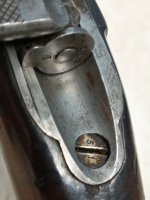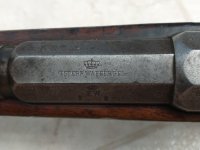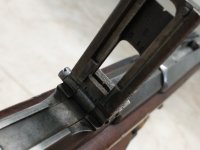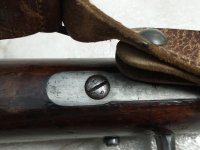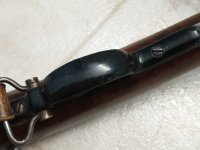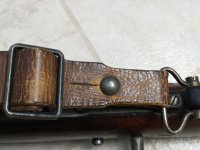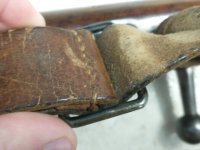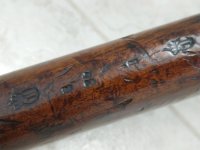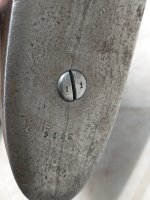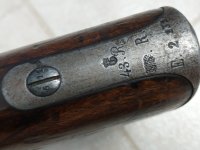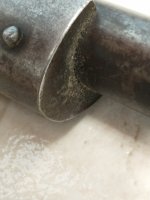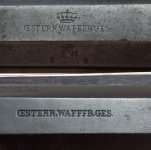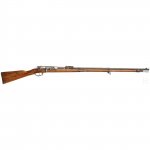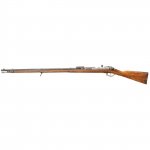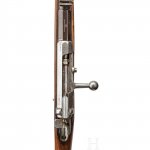Hi All,
I scored this one off an auction a couple weeks ago. While you tend to see export model Steyr M71s with some frequency (lots of "P" block H marked, no imperial acceptance on the stock), you seldom run into legitimate German accepted examples in anything high grade. The export models seem to have also used german-accepted barrels (I once owned an Argentine National Army "EN" example, which had one) , which can lead to a false sense that they were German. The stock seems to be one of the tell-tale signs, as there does not seem to be cypher and acceptance on export stocks (Usually a script H)
According to Storz, Steyr began production on their contract in 1873 and actually delivered 190,000 rifles to Prussia in 1874 and 110,000 in 1875. As with all 71s (save Amberg), the attrition rate was quite high.
This particular example is quite interesting for a number of reasons:
1) There is an arsenal-style crown above the Steyr maker's mark on the barrel. Does anyone know why?
2) The rifle is all-matching and has an original sling (it may be WW1 vintage, but it is one of the few period slings I've seen on one)
3) The triggerguard was replaced during WW1 with the steel, painted version so that the brass could be recycled for casings
I did not disassemble this one, as the sling was quite fragile.
Any thoughts or additional insight would be appreciated.
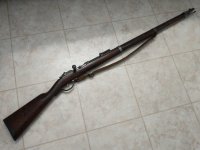
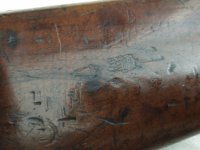
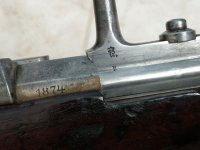
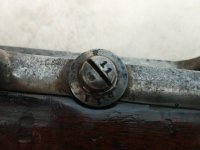
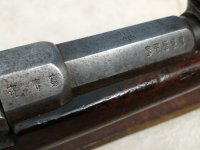
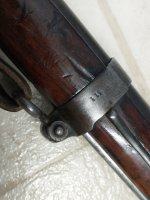
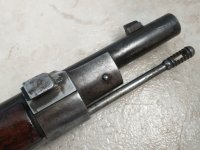
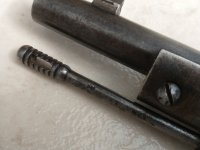
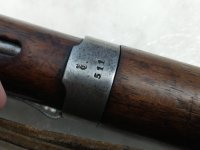
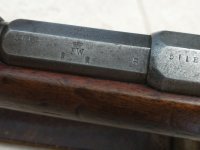
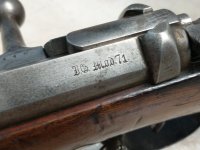
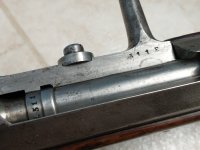
I scored this one off an auction a couple weeks ago. While you tend to see export model Steyr M71s with some frequency (lots of "P" block H marked, no imperial acceptance on the stock), you seldom run into legitimate German accepted examples in anything high grade. The export models seem to have also used german-accepted barrels (I once owned an Argentine National Army "EN" example, which had one) , which can lead to a false sense that they were German. The stock seems to be one of the tell-tale signs, as there does not seem to be cypher and acceptance on export stocks (Usually a script H)
According to Storz, Steyr began production on their contract in 1873 and actually delivered 190,000 rifles to Prussia in 1874 and 110,000 in 1875. As with all 71s (save Amberg), the attrition rate was quite high.
This particular example is quite interesting for a number of reasons:
1) There is an arsenal-style crown above the Steyr maker's mark on the barrel. Does anyone know why?
2) The rifle is all-matching and has an original sling (it may be WW1 vintage, but it is one of the few period slings I've seen on one)
3) The triggerguard was replaced during WW1 with the steel, painted version so that the brass could be recycled for casings
I did not disassemble this one, as the sling was quite fragile.
Any thoughts or additional insight would be appreciated.













